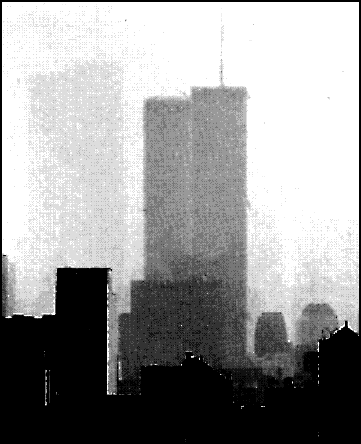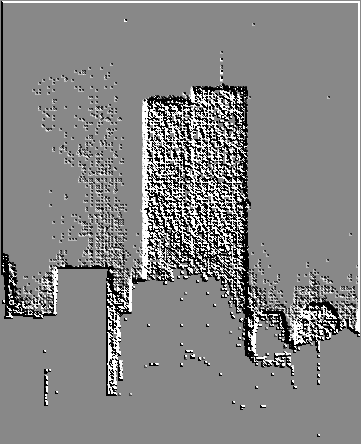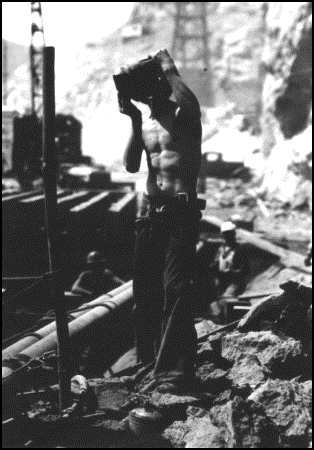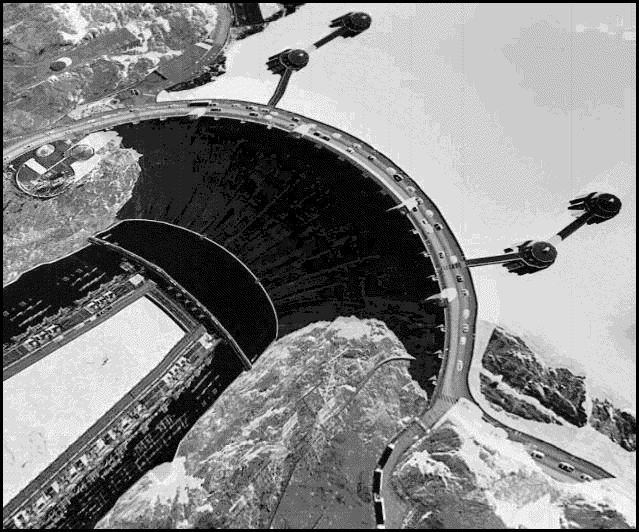New Adventures in Engineering
Henry Petroski
(Knopf)

Under the former, we find the "Benjamin Franklin Bridge" --- the Delaware River Bridge --- the Britannia Bridge across the Menai Straits in England, and the Confederation Bridge between the mainland of Canada and Nova Scotia.
I said earlier that Petroski was an engineer's engineer. He seems to be a popular writer, as well. This is his twelfth book, and has been praised by the likes of Michael M. Sokal and the unredoubtable Alberto Manguel in the pages of Library Journal, Scientific American, the New York Times Book Review, and the Los Angeles Times.
Petroski doesn't seem to have met a building or bridge (or any other structure) that he doesn't like. Well, there is an exception here or there. He doesn't care for non-conforming structures, picking on the Texas A&M Bonfire stack --- the one that killed a dozen students in 1999 --- for not being built according to code. "The virtually unregulated evolution of the design of such a massive structure was a prescription for disaster."
 On the other hand he reserves one whole hagiographic chapter to Fazlur Khan, the man who helped destroy Chicago's skyline with the Hancock Center and the Sears Tower. In 1972 Khan was named "Construction's Man of the Year" by the Engineering News-Record, which doesn't sound too far from being named Shock-Jock of the year by the National Association of Broadcasters.
On the other hand he reserves one whole hagiographic chapter to Fazlur Khan, the man who helped destroy Chicago's skyline with the Hancock Center and the Sears Tower. In 1972 Khan was named "Construction's Man of the Year" by the Engineering News-Record, which doesn't sound too far from being named Shock-Jock of the year by the National Association of Broadcasters.
Of the minimalist Dorton Arena, Petroski says that shortly after it was built forty years ago, it was "recognized among professional architects and engineers as 'the most important building in America today,'" although it still looks like a couple of oversized shoe-horns to me.
This "greatest building" trope gets thrown around a lot in Pushing the Limits. Petroski musters up fulsome praise for that abandoned garbage can that now sprawls at the river edge in Bilbao, and the fifteenth chapter of the book ends with a quote from Philip Johnson --- who built a few garbage cans himself --- calling the Bilbao Guggenheim "the greatest building of this generation."
The late World Trade Center? Petroski says the towers had "great aesthetic synergy." Hello?
- The view of the towers from the walkway of the Brooklyn Bridge was especially striking, with the stark twin monoliths echoing the twin Gothic arches of the bridge's masonry tower.
Get that? One of the genuine artifacts of 19th Century engineering is being compared to one of the most impertinent abortions of the 20th.
 What Petroski and his compeers have not yet figured out is that architecture (and engineering) can be --- no, should be --- a loving art. And it's not just a matter of scale. All structures should open the soul. Stop laughing. The engineering mentality that built the WTC, the Pan-Am Building, the Sears Building, hell --- most of American late 20th Century downtowns --- is the same mental set that designed and built the Pruitt-Igoe public-housing towers in St. Louis.
What Petroski and his compeers have not yet figured out is that architecture (and engineering) can be --- no, should be --- a loving art. And it's not just a matter of scale. All structures should open the soul. Stop laughing. The engineering mentality that built the WTC, the Pan-Am Building, the Sears Building, hell --- most of American late 20th Century downtowns --- is the same mental set that designed and built the Pruitt-Igoe public-housing towers in St. Louis.
Few people recall that this project, built with public funds, created what is now known as "building psychosis." Only a few years after it was constructed in 1956, "disrepair, vandalism, and crime plagued Pruitt-Igoe," reports architectural critic Alexander von Hoffman.
- The project's recreational galleries and skip-stop elevators, once heralded as architectural innovations, had become nuisances and danger zones. Large numbers of vacancies indicated that even poor people preferred to live anywhere but Pruitt-Igoe.
"In 1972," he concludes, "after spending more than $5 million in vain to cure the problems at Pruitt-Igoe, the St. Louis Housing Authority, in a highly publicized event, demolished three of the high-rise buildings." The WTC was destroyed by terror from without. Pruitt-Igoe by terror from within. What scarcely anyone has ever pointed out is that the two monsters were designed by the same architect/engineer: Minoru Yamasaki.

His main complaint about Three Gorges is at the nearby exhibitions building. "The case for the dam is made which might be seen as a western-style public relations effort were it not for the exclusive use of Chinese in the display captions." Those Chinese: don't they know no English? J. Walter Thompson, where are you now that we need you?
He ignores the ecological and social disaster of Three Gorges, although he does concede that "the filling of the reservoir was expected to displace on the order of one million people, inundate almost fifty thousand hectares of prime farmland, submerge archaeological treasures, and forever alter the appearance of Three Gorges."
Despite this, Petroski speaks warmly of "the inherent interdisciplinary nature of large engineering projects." He is visibly impressed by the locks, the batch plant --- whatever that might be --- and government reports that the economy will boom. He knows this is true, because he and the other visitors come "from a country that is what it is today in part because its engineers also tamed great and scenic rivers like the Colorado and the Snake." Which is a clear warning: whenever you hear a civil engineer mouthing the not-so-civil word "tame," know that it's time to batten the hatches and head for the hills.
